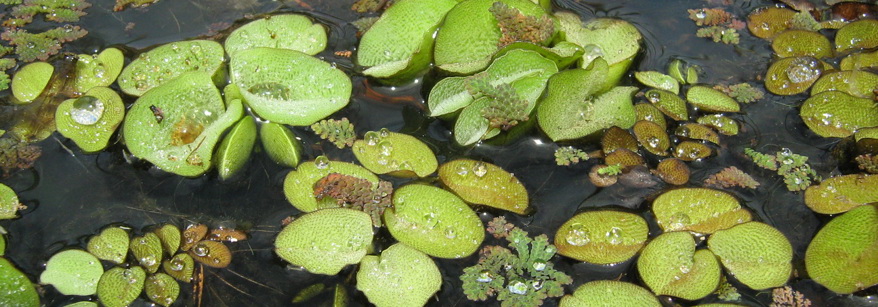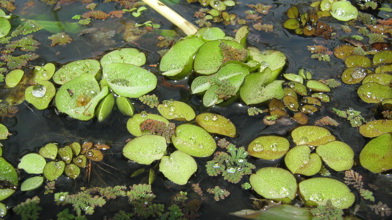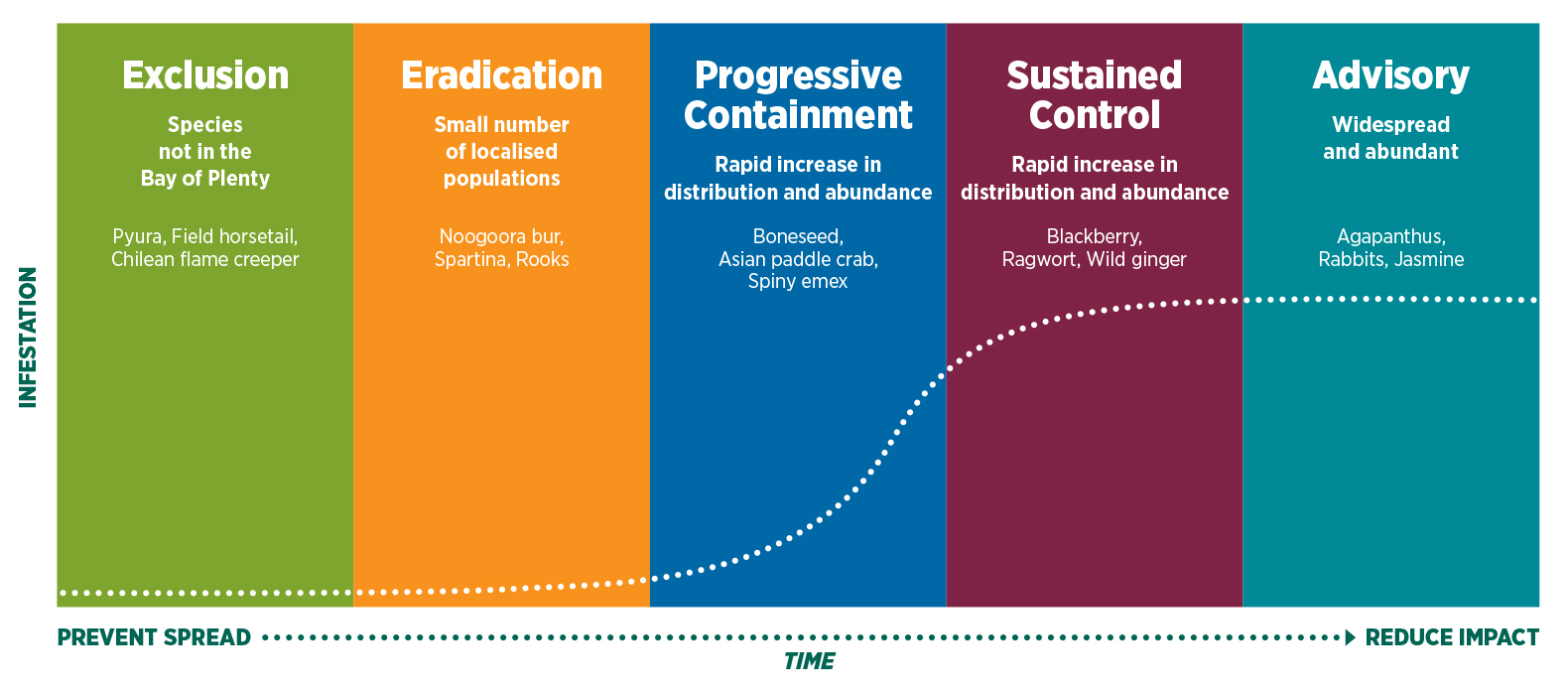

Eradication
The Eradication programme covers pests that are present in the region but are limited in distribution or extent of infestation and therefore eradication is a feasible and cost-effective solution.
Council will maintain control and management of any eradication species found in the region/sub-region. Please get in contact if you think you have seen an Eradication pest.
Management Regime for pests in the eradication programme
Requirement to act - refer to the full Regional Pest Management Plan for specific rules that apply to this programme
Although Council will lead management of Eradication programme pests, certain actions may be required from occupiers to support a control operation.
The authorised person shall determine which reasonable steps are most appropriate to remove the target pest(s), taking into account pest management cost to occupiers and their capability to undertake pest management action.
Service delivery
Council will undertake control of these pests (or any exclusion pests listed in Table 2 that enter the region). In the case of managing scheduled sports fish, Council will consult with Eastern Fish and Game and obtain the appropriate permissions under the Conservation Act 1987 and the Freshwater Fisheries Regulations 1983 prior to commencing any management work.
Council will continue to work with other agencies on pests of mutual interest or support other agencies who have a clear leadership role in managing particular pests.
Council inspection
Council will conduct searches in places it believes are vulnerable to invasion by the subject species. Where new incursions are discovered, attempts will be made to trace and confirm vectors. Where feasible, management of these vectors will be implemented.

The above pest infestation curve is used to help determine which control programme is most appropriate. The further to the left a pest is on the curve, the easier it is to control.
Once a pest becomes established and move to the right, the cost of control increases significantly and likelihood of eradication decreases.
